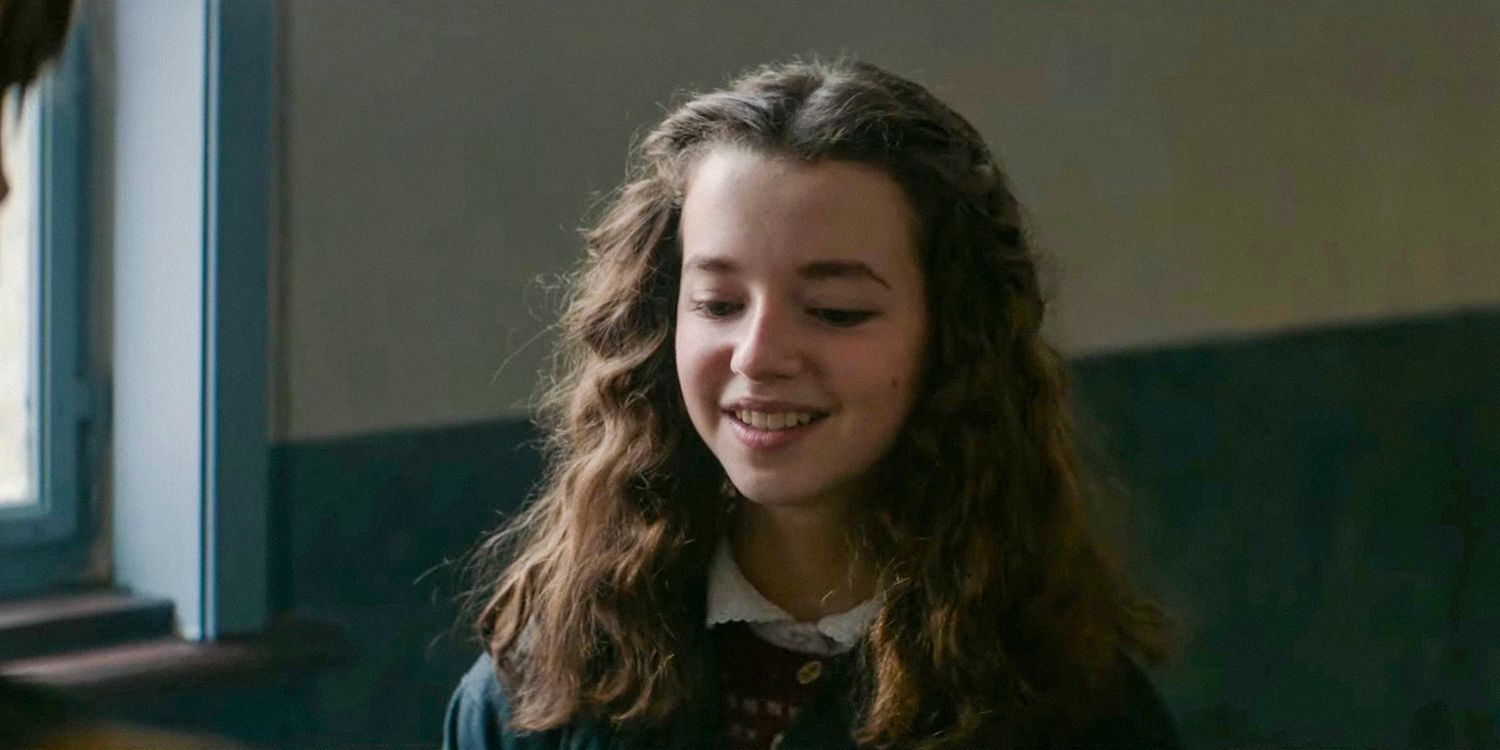The 2017 coming-of-age drama Wonder was a major hit when it first released, drawing attention not only to the works of director Stephen Chbosky, but also to R.J. Palacio, who wrote the 2012 novel the film is based on. Palacio also went on to develop a graphic novel spinoff in 2019, titled White Bird: A Wonder Story. Now, a film adaptation of White Bird will be arriving in theaters. Directed by Marc Forster (Christopher Robin, A Man Called Otto), the movie elevates a somewhat predictable story with strong performances and an emotionally resonant tale.
Picking up after the events of Wonder, the story of White Bird follows former school bully Julian Albans (Bryce Gheisar) who isolates himself at his new school, not wanting to stand out following the previous film. While speaking with his visiting grandmother, Sara, whom he calls Grandmère (Helen Mirren), she tells him the story of her life as a child in Nazi-occupied France. As a young girl, Sara (Ariella Glaser) is saved by her polio-stricken classmate Julian (Orlando Schwerdt), whose parents (Gillian Jacobs and Jo Stone-Fewings) hide her in a barn as Nazis begin rounding up Jews across the country.
White Bird Turns A Predictable World War II Story Into An Emotional Rollercoaster
The Film Exceeds At Tugging On Heartstrings
Right from the start, White Bird clarifies that audiences don’t need to see Wonder before watching this one. While Wonder helps enhance the story, offering a deeper background for Julian and why Sara’s story is so important, previous events aren’t mentioned in specific detail. Most of the movie also takes place during the early to mid 1940s, focusing on France’s Nazi occupation and how Sara is forced to hide to avoid being killed or taken away. This allows the sequel to stand on its own, giving it accessibility to those unfamiliar with its prior installment.
Because of its mostly standalone nature, White Bird takes its time delving into its core characters, namely Sara and the Julian she knew as a child. The story of Sara hiding from the Nazis is a rather by-the-numbers tale when compared to other World War II movies. This includes tension springing from multiple close calls, alongside the dynamic relationship she and Julian end up forming. However, the core performances from Glaser and Schwerdt elevate the story’s predictable nature, resulting in plenty of heart-stopping scenes alongside wholesome moments as the pair make the best of a bleak situation.
Behind White Bird‘s uplifting tone and stellar cast, however, are some shaky moments that feel out of place compared to the majority of the film.
Alongside the cast of White Bird, the film’s standout aspects involve the creative ways in which it showcases art and imagination as core elements of finding light in dark times. Sara is very quickly established to be a talented artist, with a short conversation with her teacher at the start inspiring her to follow it as a career path. Her creativity ends up being a source of hope for both herself and Julian as the story progresses, emphasized by Forster’s careful direction and plenty of wholesome moments throughout the Mark Bomback-penned script.
Other films written by Bomback include War for the Planet of the Apes (co-written with Matt Reeves) and The Art of Racing in the Rain.
White Bird’s Uplifting Lessons Make Up For A Shaky Third Act
The Movie’s Ending Is A Mixed Bag
Behind White Bird‘s uplifting tone and stellar cast, however, are some shaky moments that feel out of place compared to the majority of the film. One standout section happens in the third act, just as the movie’s story is heading in an emotionally powerful direction. While this segment results in powerful performances from Glaser, Schwerdt, and Jacobs in particular, it dips too much into predictable tropes for the story, setting the course for a less satisfying direction. While the film’s ending somewhat makes up for this, it dampens some emotional aspects that would’ve been stronger with a less conventional finale.
Even so, the vast majority of the film taps into the idea of finding hope within one of the darkest moments of human history. The fact Sara and Julian are so young yet are forced to experience these world-changing events makes it easy to connect with them as their stories unfold. And although the cast of Wonder didn’t reprise their roles aside from Gheisar, he and Mirren’s performances were highlights that accentuated the importance of Sara’s story in the modern day. This blend of time periods helps emphasize the generational lessons present in the story.
Although some aspects of the film left much to be desired, the admirable themes make White Bird stand out as a gripping World War II story told from the most innocent of perspectives. With strong performances from its lead actors and a potent, emotional story, this resonant Wonder sequel is a strong follow-up. Despite its flaws, the film has plenty of memorable, engaging moments thanks to strong characters and a story that feels true to history while offering some hope along the way.
White Bird arrives in theaters on Friday, October 4. The film is 120 minutes long and rated PG-13 for some strong violence, thematic material and language.

